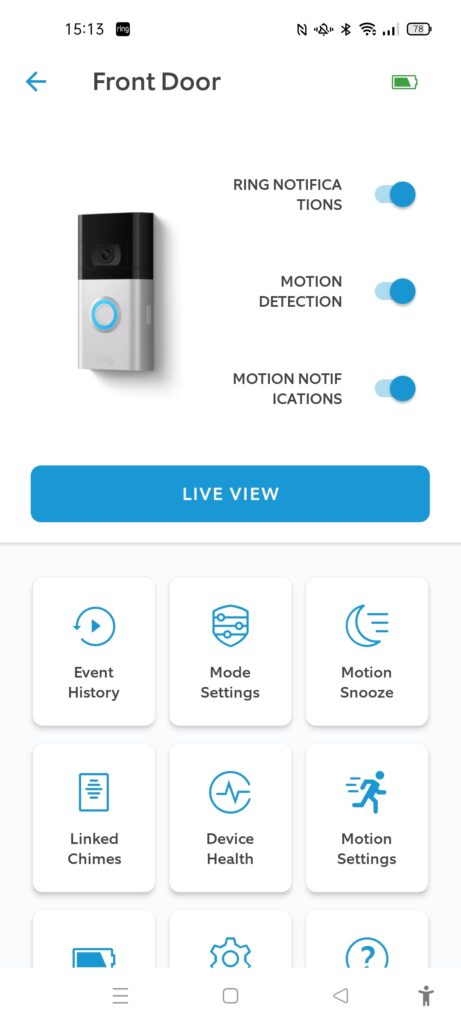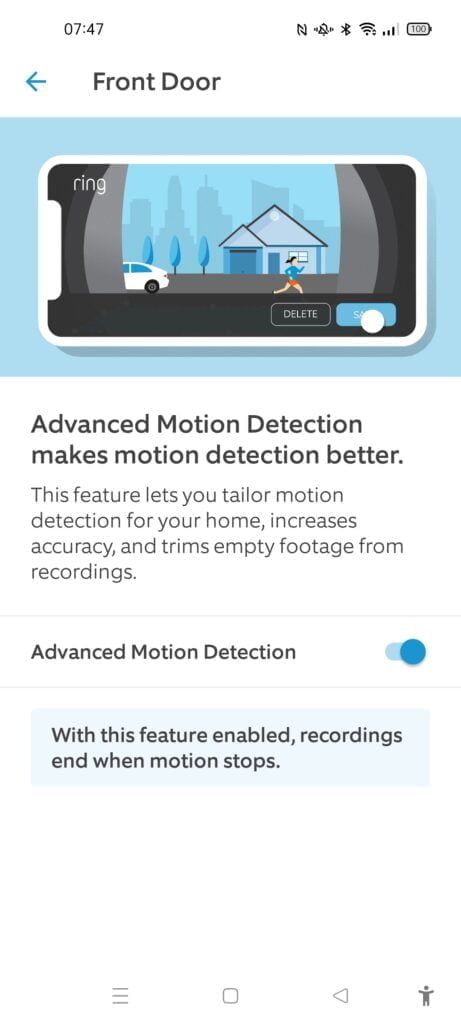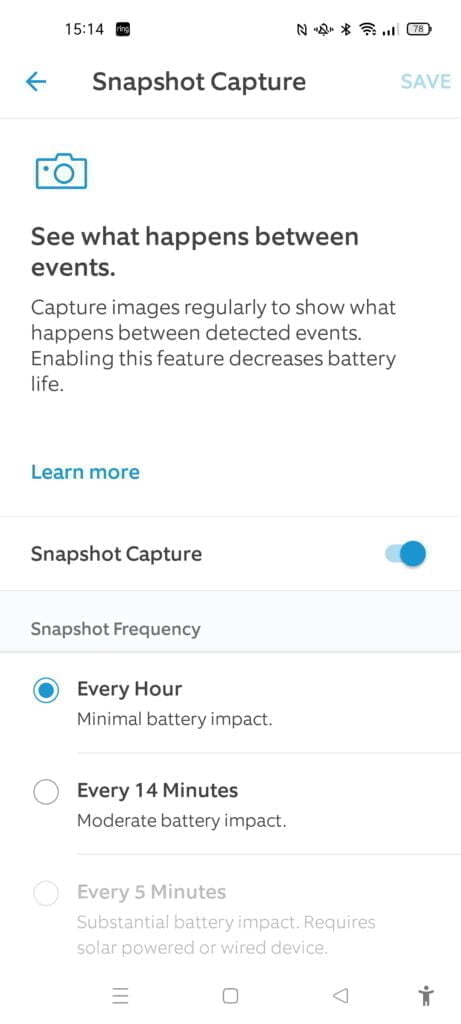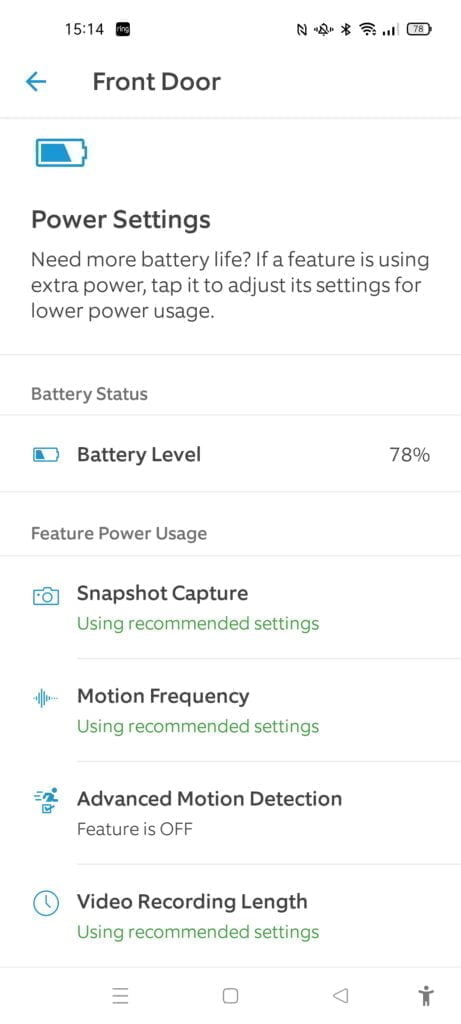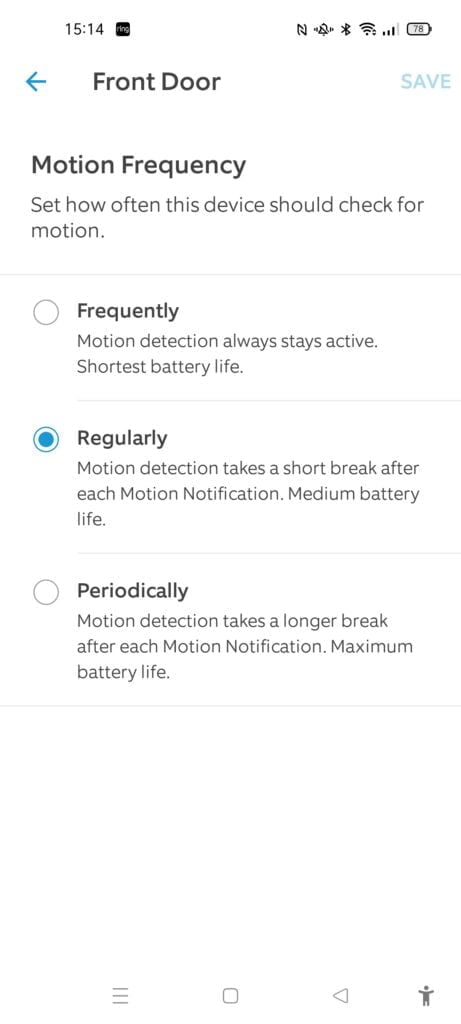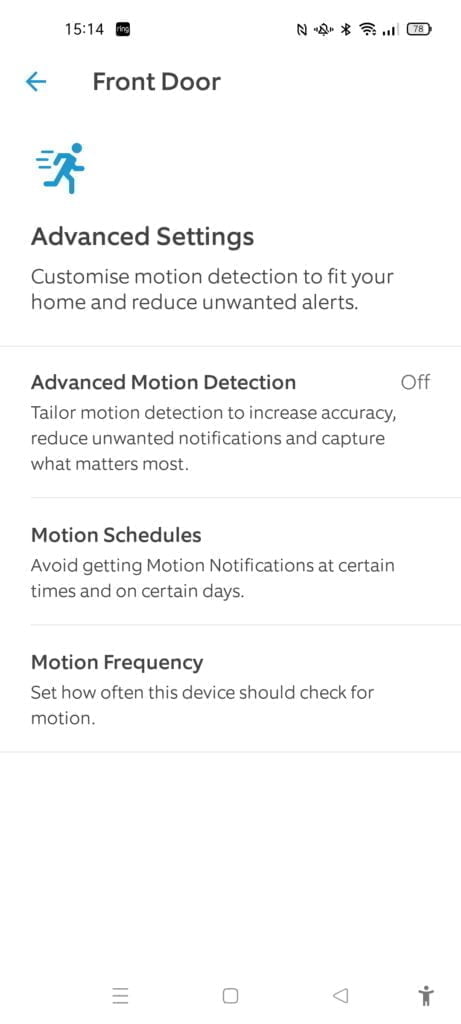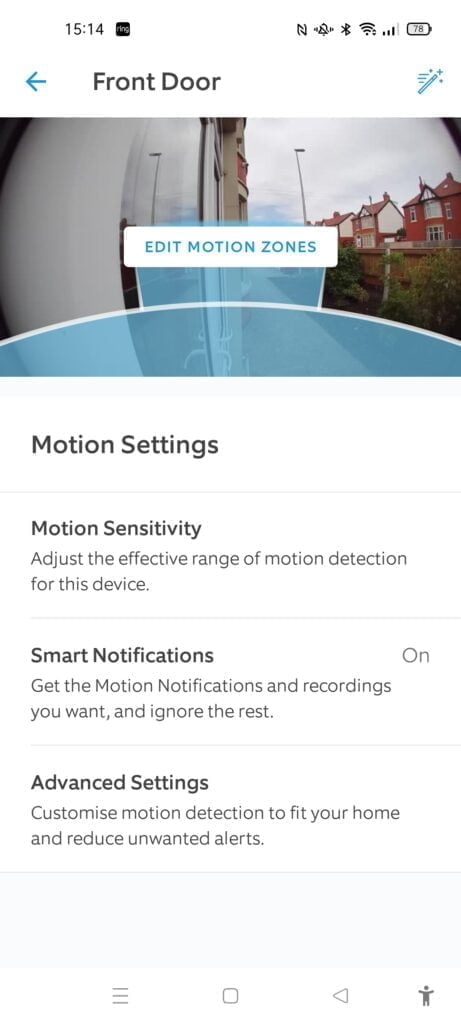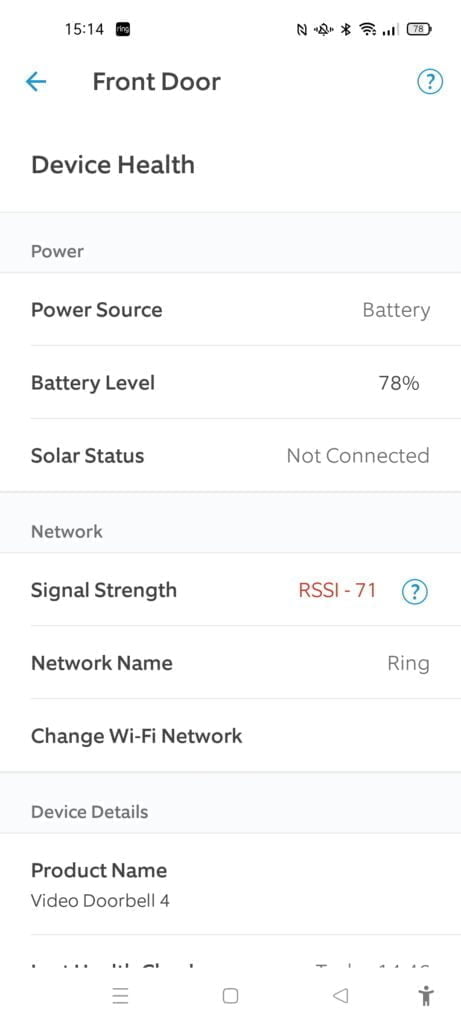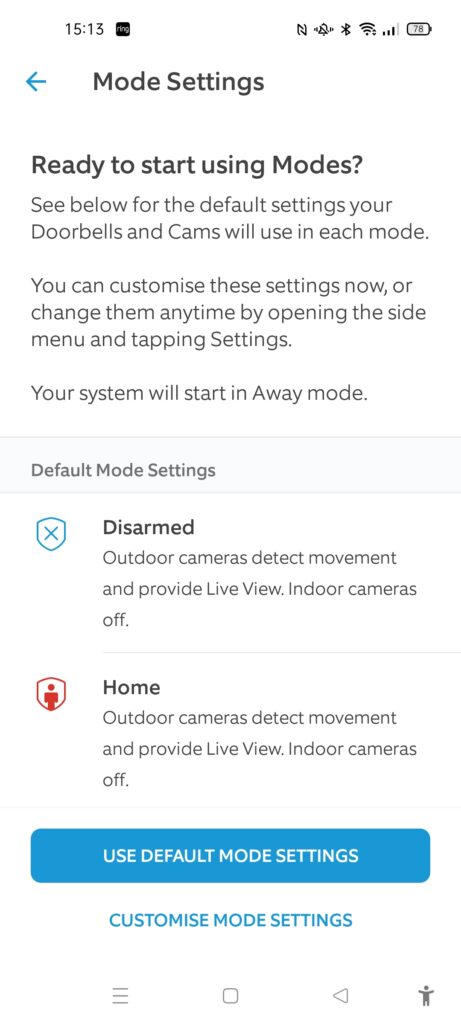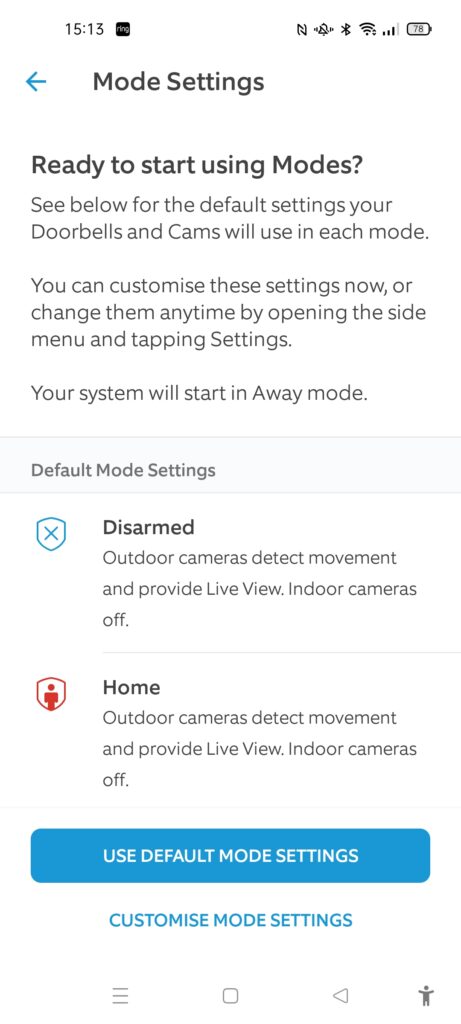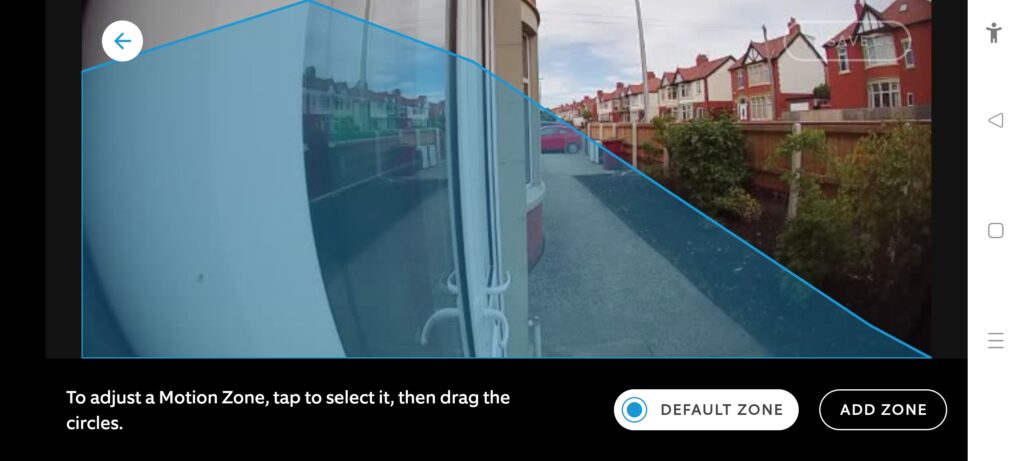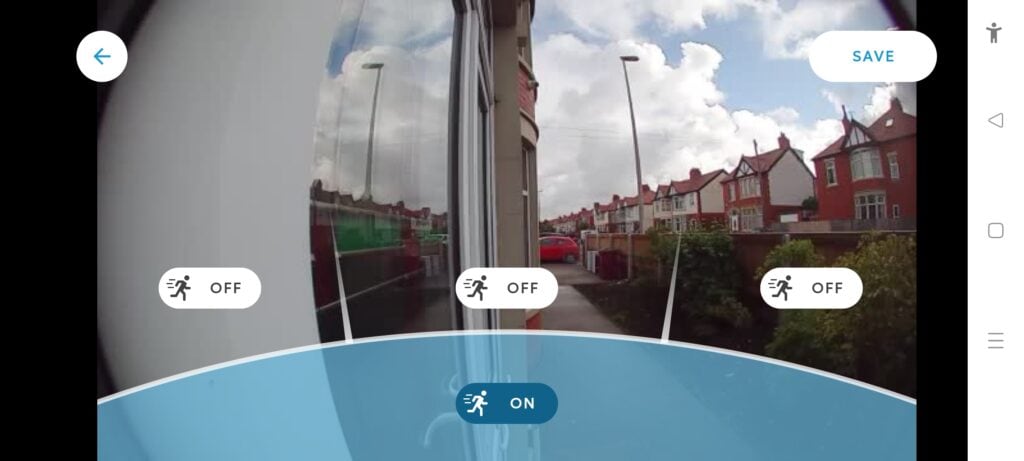The Ring Video Doorbell 4 was announced last month and is now available to buy.
On paper, it only offers incremental changes from last year, so existing users won’t feel the need to upgrade. The headline change is the rollout of colour pre-roll from the black and white on the Ring Video Doorbell 3 Plus. They have also ditched the Plus model, so the effective RRP price has dropped from £199 for the Doorbell 3 Plus to £179 for the Ring Video Doorbell 4.
In use, there are a few more differences in performance that has made this camera a bit better than I had expected.
Ring Video Doorbell 4 vs Ring Video Doorbell 3 Plus Specification
All-new Ring Video Doorbell 4 by Amazon – HD Video with…
- 1080p HD Video Doorbell with Two-Way Talk,…
- HD Video and Live View let you see what’s…
- Advanced motion settings give you real-time…
- See more of what happened at your front door with…
| Specs | Ring Video Doorbell 4 | 3 Plus | 3 |
|---|---|---|---|
| UK Price RRP |
£179 | £199 | £179 |
| Resolution | 1080p | 1080p | 1080p |
| Power | Battery or Hardwired | Battery or Hardwired | Battery or Hardwired |
| Field of View | 160° horizontal, 84° vertical | 160° horizontal, 84° vertical | 160° horizontal, 84° vertical |
| Avg. Install Tile | 5 minutes | 5 minutes | 5 minutes |
| Dimensions | 12.8 cm x 6.2 cm x 2.8 cm 5.1″ x 2.4″ x 1.1″ |
128mm x 62mm x 28mm 5.1″ x 2.4″ x 1.1″ |
128mm x 62mm x 28mm 5.1″ x 2.4″ x 1.1″ |
| Wifi | 2.4 GHz or 5 GHz | 2.4 GHz or 5 GHz | 2.4 GHz or 5 GHz |
| Video | On-Demand | On-Demand | On-Demand |
| Audio | Two-Way | Two-Way | Two-Way |
| Alerts | Advanced Motion-Activated (Custom Zones) | Advanced Motion-Activated (Custom Zones) | Advanced Motion-Activated (Custom Zones) |
| Pre-Roll | Colour Pre-Roll | Yes | No |
| Faceplates | Satin Nickel Faceplate | Yes; 2 included | Yes; 2 included |
| Alexa Compatible | Yes | Yes | Yes |
| Rechargable Battery | Yes | Yes | Yes |
| Amazon UK | Link | Link | Link |
| Amazon US | Link | Link | Link |
| Amazon Spain | Link | Link | |
| Amazon Germany | Link | Link |
Set-Up
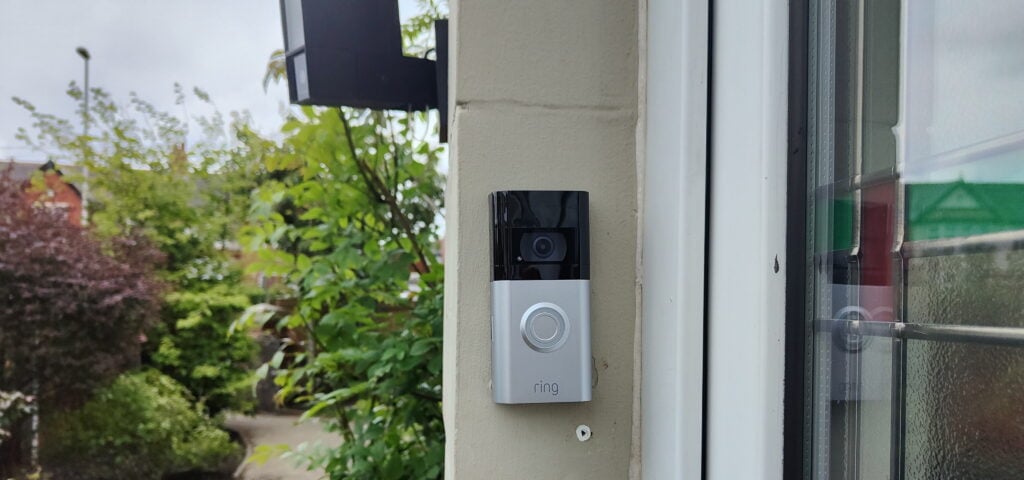
Set up is similar to most smart home devices. With the Ring app installed, you scan the QR code and follow the set-up procedure, which includes connecting to the Ring WiFi and then passing your details over.
This is compatible with 2.4GHz & 5.0GHz however, the Ring website states channels 100 and above, so when I followed the set-up procedure, I was no presented with my 5Ghz channel as I use channel 48 and 36.
With the Ring connected to WiFi you can customise all the settings to your liking.
Ring continues to offer the best solution for the physical installation of the doorbell. You get an included screwdriver, plenty of screws and the four mounting holes secure the doorbell in place better than competing brands. If you are upgrading from an older Ring doorbell, the holes should still align up, I am using the same holes I drilled from the Ring Video Doorbell 2. They used to include a drill bit, but that is no longer present.
App Settings and Features
Home & Away Modes
Ring rolled out some privacy focussed features last year which allows you to set the status to away, home and disarmed.
This is a bit more relevant to the indoor cameras and alarm system. With the default modes, the doorbell will always detect motion and provide you with doorbell alerts, but the indoor cameras can be switched off.
Motion Alerts – Motion Zones and Smart Alert
Ring now have improved options for motion zones. Under the advanced settings, if you enabled advanced motion detection, you can draw motion zones for improved customisation. With this enabled, videos will automatically cut off when no more motion is detected.
With this off, you have the older style motion zones where you have 4 regions you can select.
I have always found motion alerts to work well with Ring. With it having more of a horizontal viewing angle, I have found it is good at detecting people and ignoring cats, something that my Arlo would occasionally notify me about.
I have also found that alerts are quite responsive even though I have a relatively poor RSSI on my WiFi.
You also have the option for smart alerts, which should limit the number of alerts you get.
Day Time Footage & Colour Pr-roll
There are two parts to the recorded footage, the pre-roll and the main capture. With the Ring Video Doorbell 3 Plus, the pre-roll was obvious because it was in a blurry black and white, now it is in colour.
At first, it looks like you have awful quality pixelated video, but this is actually the pre-roll, which is an impressive improvement compared to the last generation. You can make out a significant amount of detail from anyone or anything that is captured during this time.
When it switches to the main video, video quality improves considerably, and the quality of the footage is good enough to capture features of peoples faces accurately.
While I have never criticised the footage Ring captures in the past, looking over my previous Ring reviews, there has been no improvement in daytime video footage since I reviewed the Ring Video Doorbell 2 back in 2018. Since then, several competitors have launched doorbells, and these offer superior video quality and arguably a better viewing angle with a higher vertical viewing angle.
So, while the camera offers the same video performance as previous generations, it is starting to look a little dated compared to the competition. However, for me, it offers acceptable quality, I can easily make out details of people that come to my door, which is all that I need.
Night Time Footage
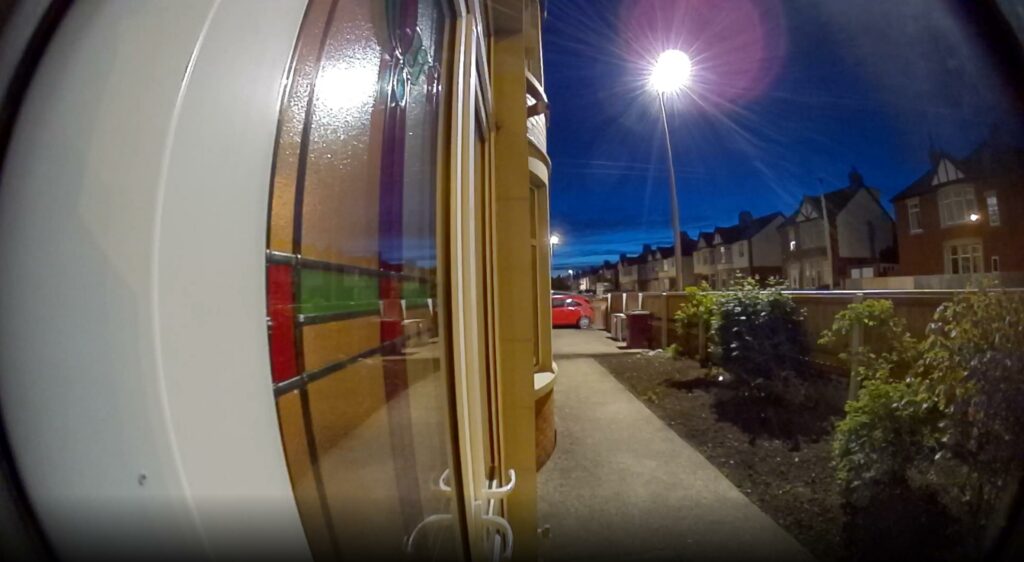
The nighttime performance of the Ring Video Doorbell 4 was quite surprising. Ring hasn’t made any claims of improved performance but in my situation, it has been vastly improved. The Ring Video Doorbell 3 Plus had relatively poor performance when compared to competing brands. The footage was B&W, and making out any details in my garden was difficult, though up-close footage of a person at the door was decent.
The Ring Video Doorbell 4 seems to shoot the footage in colour, offering decent clarity down my garden path. As you can see from the footage, I have a very bright street light, so there is always plenty of light, and I can’t comment on how well it will perform in lower light scenarios. However, it is a significant improvement for me compared to the last generation.
Battery
I have not had the doorbell long enough to run it down, but the battery performs well. Not quite as good as the Eufy, but Ring has swappable batteries, and a spare is only £20, so I prefer this solution overall.
There is a lot more control over how well the battery will perform, so if you don’t mind dialling back on some of the performance, you can extend it considerably.
Based on my battery’s current level, I expect to charge it once every 6 weeks, and I have all the settings at the recommended level with advanced motion detection on.
Wi-Fi signal & RSSI
As always with Ring, getting a good RSSI number seems to require you to have a router sat right next to the doorbell.
I have two access points; one is up one floor on the far side of my office from where the doorbell is, the other is on the same floor across the hall and into the front room. My phone can get good speeds when using WiFi on any part of my property, yet the Ring states an RSSI of 76.
However, I am yet to experience any negative consequence of this low RSSI. I have not experienced any delayed notifications that I am aware of, whereas older Ring doorbells quite frequently had several second delays.
You can improve performance by using the Ring Chime Pro, locating it as close as possible to the doorbell. Or, you could use a WiFi extender, placing this as close as possible, too.
You may also have better luck with the 5Ghz network, in theory, it should struggle to get through your walls more than 2.4ghz, but it is less congested with more bandwidth so has the potential to offer superior performance. However, your WiFI needs to be broadcast on channel 100 or higher, which will almost certainly require you to modify your router settings.
Amazon Reviews
The Ring Video Doorbell 4 has only just become available, so the number of user reviews it has received is low. However, the reviews are surprisingly negative when you compare to the previous generation. It currently sits at just 3/5, with over a third of the reviews being 1 star.
These reviews don’t reflect my experience but they do highlight two issues Ring has when you compare them to the increasingly competitive world of smart video doorbells.
Most of the negative reviews highlight poor WiFi signal quality. Ring has always suffered from this problem, and the Ring Video Doorbell 4 has the same issues with RSSI. I haven’t experienced issues with delayed notifications yet, and from my experience with Ring, Arlo, and Eufy they all end up having intermittent issues with it. I’d say Ring is the best at letting you know about the poor signal the RSSI number helps quite a bit, but it is certainly challenging to reduce.
Another user highlighted an issue with the field of view. It has never been an issue for me personally, but since using the Arlo with its 180° diagonal viewing angle, I can agree the lower vertical angle of Ring is negative.
Price and Alternative Options
The Ring Video Doorbell 4 is priced at £179, which is the same RRP as the previous generation, but they have now ditched the more expensive plus model so it feels like they are charging a little bit less, as all the advanced Plus features are merged into one.
The Ring Video Doorbell 3 is £159, and in my opinion, you may as well spend the extra £20 on the Video Doorbell 4.
Ring has lower-priced models too, the Ring Video Doorbell is just £89, which is a bargain, or if you can wire in your doorbell the Ring Video Doorbell Wired is incredibly cheap at just £49
The Arlo Essential Wireless Video Doorbell has the same RRP but is currently £162. It is a close call between the two, the Arlo has better video quality and vertical resolution. Ring has the colour pre-roll, which can make a significant difference. With my door, the Ring Video Doorbell 4 now offers better nighttime recordings than the Arlo. Also, the Arlo chime is £45 and the battery £35 vs £29 and £19.99 for Ring.
The Eufy Wireless Video Doorbell 2K is £139 RRP and has no ongoing monthly fees. It doesn’t connect directly to the WiFi but to a home base, with the home base acting as a chime. If you can locate this close to the doorbell, the performance is superb. However, I have found notifications via Amazon to often get delayed.
Overall
The Ring Video Doorbell 4 ended up offering more of an upgrade from the Video Doorbell 3 Plus than I was expecting. The colour pre-roll is a big improvement, and the main feature Ring are advertising about this, but I also found nighttime footage significantly better than previous generations.
There are various other improvements, but I think these are all largely app-based. You now have more control over how the camera works, allowing you to optimise the battery performance to your liking.
I don’t personally have a problem with the video quality, even though it is not amazing. This has always been the case when I look back on my old reviews, however with more competitors on the market quality is starting to look less good. I wouldn’t say any wireless camera offers excellent video quality, but the Eufy has the best footage so far, followed by Arlo, then Ring. It is commendable that Ring has improved the doorbell each year with various new features, but I think the Ring Video Doorbell 5 could do with an improved camera to help it compete.
Posted by Mighty Gadget Blog: UK Technology News and Reviews

